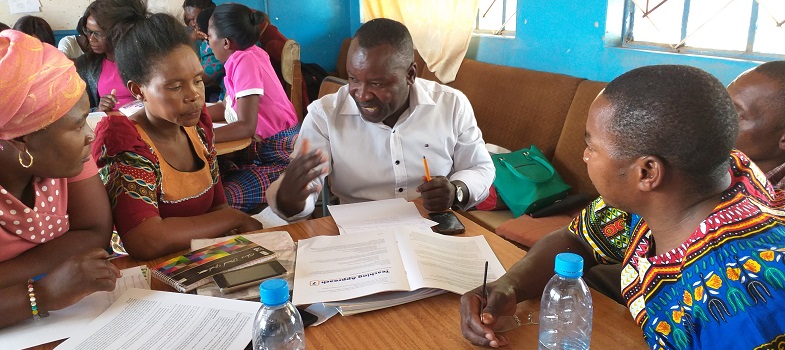Training guide
6. Encouraging your learners to read

Reading corner in a school in Mumbwa district, Zambia.
Activity 5.11: Setting up a classroom reading corner for silent readingIn the TGM, read through the suggestions listed below for supporting reading. Work with a colleague to share ideas about what would work best in your school. Make sure you each commit to doing two of the things on the list. Here are some ideas from teachers who have been developing their book areas and libraries in school.
Ensure that your collection appeals to a range of levels of reading ability and not just your highest attainers. Include a variety of genres among the books available, such as:
Bookmaking Older learners can produce a book containing their own poems or stories. They could write a short play, develop a book about a topic that has been focused on in their lessons or write a book for younger readers. They can design a cover for their book to make others want to read it. |
